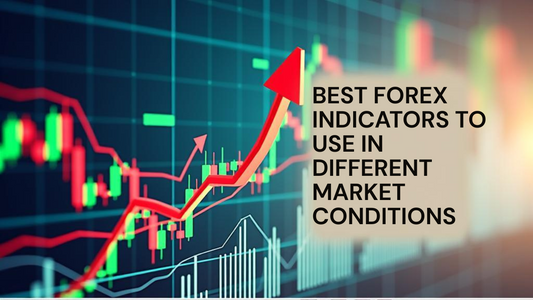
Assessing Performance & Financial Health: A Forex Trading Guide
Share
Forex trading, also known as foreign exchange trading, is a global market where currencies are bought and sold. It is a decentralized market, meaning that it operates 24 hours a day, five days a week, across different time zones. As a forex trader, it is crucial to assess the performance and financial health of the currencies you are trading. In this guide, we will explore the key factors to consider when assessing performance and financial health in forex trading.
1. Economic Indicators
Economic indicators provide valuable insights into the performance of a country's economy. These indicators include GDP (Gross Domestic Product), inflation rates, employment data, and interest rates. By analyzing these indicators, traders can gauge the overall health of a country's economy and make informed trading decisions.
2. Central Bank Policies
Central banks play a significant role in forex trading. Their policies, such as interest rate decisions and monetary stimulus measures, can have a profound impact on currency values. Traders should closely monitor central bank announcements and statements to assess the potential impact on currency pairs.
3. Technical Analysis
Technical analysis involves studying historical price data and using various tools and indicators to identify patterns and trends. Traders use technical analysis to assess the performance of currency pairs and make predictions about future price movements. Common technical analysis tools include moving averages, support and resistance levels, and trend lines.
4. Market Sentiment
Market sentiment refers to the overall attitude and perception of traders towards a particular currency pair. It can be influenced by various factors, including economic news, geopolitical events, and investor sentiment. Traders can assess market sentiment through tools like the Commitment of Traders (COT) report, which provides insights into the positions of large institutional traders.
5. Risk Management
Assessing performance and financial health also involves effective risk management. Traders should determine their risk tolerance and set appropriate stop-loss orders to limit potential losses. Additionally, using proper position sizing techniques and diversifying the portfolio can help manage risk and protect capital.
6. Fundamental Analysis
Fundamental analysis involves evaluating the intrinsic value of a currency based on economic, financial, and geopolitical factors. Traders analyze factors such as interest rates, political stability, trade balances, and fiscal policies to assess the long-term prospects of a currency. This analysis helps traders make informed decisions about whether to buy or sell a particular currency.
7. Historical Performance
Examining the historical performance of a currency pair can provide insights into its volatility, trends, and potential risks. Traders can use historical data to identify patterns and develop trading strategies based on past price movements. However, it is important to note that past performance does not guarantee future results.
Assessing performance and financial health is a crucial aspect of forex trading. By considering economic indicators, central bank policies, technical analysis, market sentiment, risk management, fundamental analysis, and historical performance, traders can make informed decisions and increase their chances of success in the forex market.



